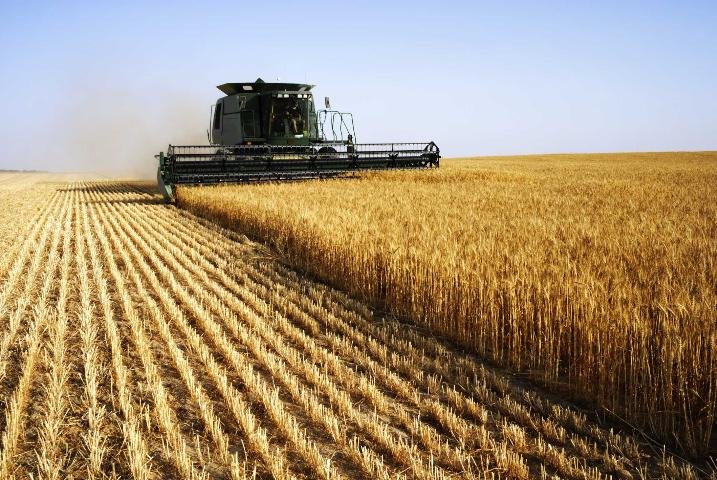The use of biological products in agriculture has increased in recent years, and questions abound about how to use these products for pest management.
Read MoreBoth corn and soybean finished strong across Kentucky despite lower total rainfall amounts across most of the state. The 2023 Kentucky corn crop is estimated by the Kentucky Office of the United States Department of Agriculture National Agricultural Statistics Service (USDA-NASS) at 183 bushels per acre, up 17% from 2022, making the second largest corn crop on record.
Read MoreKentucky corn and soybean yields this year were better than many expected. They didn’t set records, but they were close.
Read MoreCrop management has two basic objectives: to increase yield or to improve efficiency (produce the same yield with fewer inputs or a higher yield with the same inputs). In recent years, a third objective has gained importance – the need to reduce the impact of crop production practices on the environment.
Read MoreSmoke from forest fires in Canada recently produced hazy conditions in parts of the Midwest, the East, and the Mid-South. Smoke and haze reduce the solar radiation reaching the earth’s surface. Will this reduction reduce crop yields?
Read MoreRead the latest research report on managing Fusarium head blight (head scab) in wheat from the University of Kentucky. This research was conducted by Nathaniel White, Timothy Stombaugh, and Carl Bradley with funding from the Kentucky Small Grain Promotion Council. It was published in the Plant Health Progress research journal.
Read More





